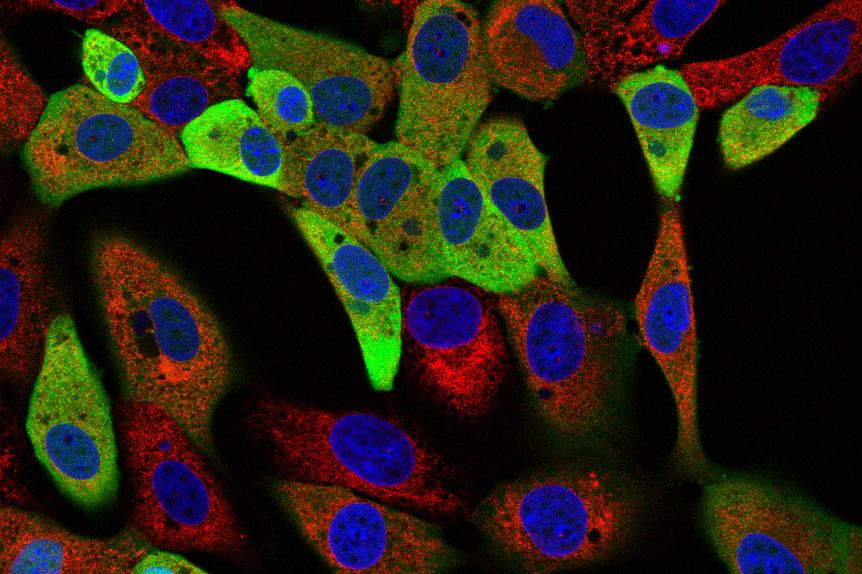Researchers from The Pirbright Institute have made a promising step forward by identifying key African swine fever virus (ASFV) proteins that induce immune responses in pigs.
ASFV is an extremely severe and economically important disease of domestic pigs, which is usually fatal in pigs and wild boar. Signs of infection include high fever, lethargy, loss of appetite, bloody diarrhoea and vomiting; although sudden death can occur with few clinical signs. The disease is present in sub-Saharan Africa, Sardinia, the Russian Federation and a number of Eastern European countries, but further spread is threatened. To date, there is no vaccine for this economically devastating disease, limiting options for control. However, Pirbright researchers are working on a solution.
Up until now, the main advances in ASF vaccine development have focused on live attenuated viruses. These are viruses that have been genetically modified to prevent a full infection, but which can still trigger an immune response that protects the animal from future infection. Whilst this is a common and effective method for developing vaccines, there may be issues with safety since the vaccine strains may cause clinical signs and persist in animals.
To overcome this, Dr Linda Dixon led researchers at Pirbright and The Biodesign Institute at Arizona State University to investigate the ASFV proteins that induce immune responses that may offer the best protection against infection. By inserting the genes that code for these proteins into Vaccinia – a safe virus often used to deliver protective genes to a host – the team screened 30% of the ASFV genome and ranked 47 genes on their ability to produce proteins that would generate immune responses in pigs.
The next step will be to investigate those proteins that were identified as having induced the best immune response and therefore confer the best protection for pigs. These genes would then be incorporated into safe vaccines that could be used in the field.
“Such an advance is extremely timely due to the continuing spread of ASFV into Eastern Europe. This rapid progress is a major concern,” said Dr Linda Dixon. “Developing an effective and safe vaccine is therefore of increasing importance to prevent further spread.”
Find out more about African swine fever’s advance through Europe.
This scientific paper was published in the Journal of Virology and funded by the Biotechnology and Biological Sciences Research Council (BBSRC); grant numbers BB/G530468/1 and 418 BB/H008969/1, DEFRA; grant numbers SE1514 and SE1515, and Arizona State University.
The image shows cells infected with ASFV (blue: nucleus, red: endoplasmic reticulum (a host cell structure), green: ASFV protein)
